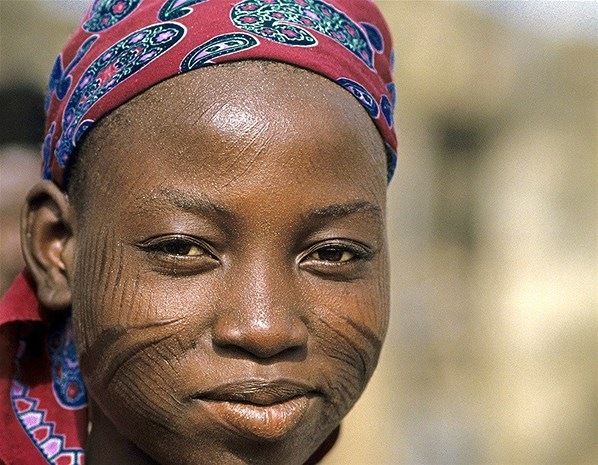Introduction: Tribal marks have been a longstanding cultural practice in various parts of the world, particularly in African and indigenous communities. These distinctive facial or body markings hold deep cultural significance, serving as markers of identity, heritage, and belonging. However, the practice of tribal marking is not without controversy, as it raises questions about bodily autonomy, consent, and the potential for social stigmatization. In this blog post, we will explore the origins, cultural contexts, and the ongoing debate surrounding tribal marks.
- Historical and Cultural Significance: Tribal marks have a rich history, dating back centuries and originating in diverse cultural communities. In many societies, tribal marks were used as a means of identification, signifying membership in a particular tribe, clan, or social group. They often represented personal achievements, lineage, marital status, or even protection against spiritual or supernatural forces. Tribal marks were considered a form of cultural heritage and played a role in fostering a sense of community and identity.
- The Practice and Techniques: Tribal marks are typically created by making incisions or cuts on the skin, followed by the application of pigments or dyes to enhance the visibility of the marks. Different ethnic groups employ varying techniques, tools, and patterns, resulting in distinctive designs that are unique to each community. Some marks are linear, while others are geometric or symbolic in nature. Traditionally, the process was performed during infancy or adolescence, and it often involved rituals and ceremonies to mark the significance of the occasion.
- Controversies and Challenges: The practice of tribal marking has faced increasing criticism and scrutiny in recent years. Critics argue that tribal marks can be seen as a violation of bodily autonomy and a form of permanent alteration without the individual’s informed consent. They argue that the practice can lead to physical pain, infections, and psychological distress for those marked, particularly in cases where the marks are stigmatized or associated with negative connotations.
- Evolving Perspectives and Changing Practices: As societies become more aware of human rights and individual autonomy, the perception of tribal marks has shifted. Many communities have moved away from the practice, recognizing the potential harm it can cause. Efforts to discourage and eradicate the practice have gained momentum, with campaigns aimed at educating communities about the potential risks and promoting alternative ways of preserving cultural identity.
- Balancing Cultural Heritage and Personal Autonomy: Addressing the complexities surrounding tribal marks requires a delicate balance between preserving cultural heritage and respecting individual rights. It is crucial to foster dialogue within communities, engaging both traditional leaders and younger generations in discussions about the implications of tribal marks. Empowering individuals to make informed choices about their own bodies, while still appreciating cultural diversity, is key to navigating this issue.
Conclusion: The debate surrounding tribal marks highlights the tension between cultural preservation and individual autonomy. While tribal marks have played a significant role in shaping cultural identity, it is important to critically examine their implications and potential harm. As societies progress, it is crucial to find ways to respect and preserve cultural heritage while ensuring the protection of individual rights and bodily autonomy. Open dialogue, education, and evolving cultural practices can contribute to a more inclusive and respectful approach to cultural traditions in the modern world.






